
Service Category
User Interface - User Experience (UI/UX DESIGN)
UI/UX design is the art and science of creating intuitive, engaging, and visually appealing digital experiences. While User Interface (UI) focuses on the aesthetics and interactivity of an interface—such as buttons, icons, layouts, and color schemes—User Experience (UX) emphasizes the overall journey a user has when interacting with a product or service.
At its core, UI/UX design aims to bridge the gap between technology and users, ensuring that digital solutions are not only functional but also enjoyable to use. A well-crafted design considers factors like ease of navigation, responsiveness, accessibility, and emotional connection, creating a seamless interaction that leaves a lasting impression.


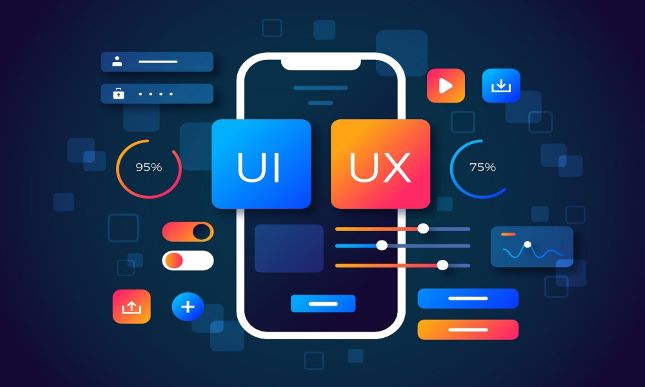
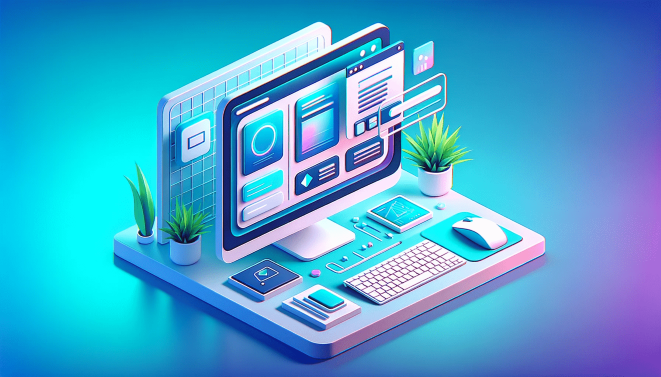

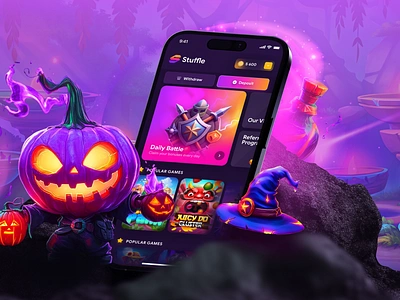
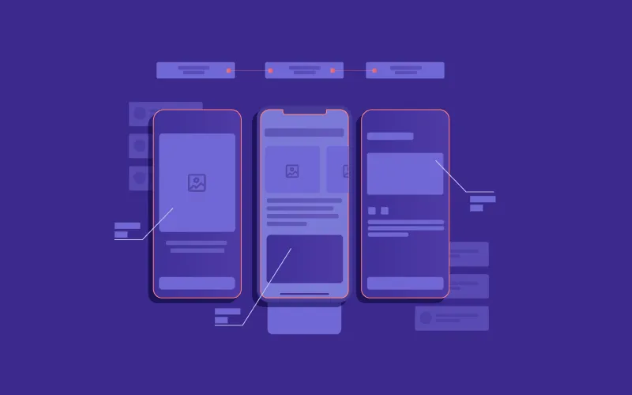

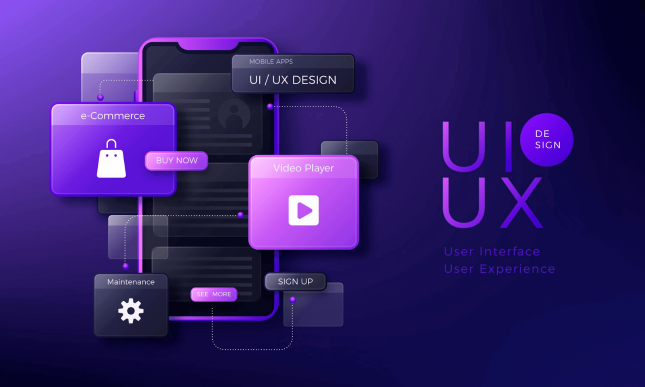
.png)